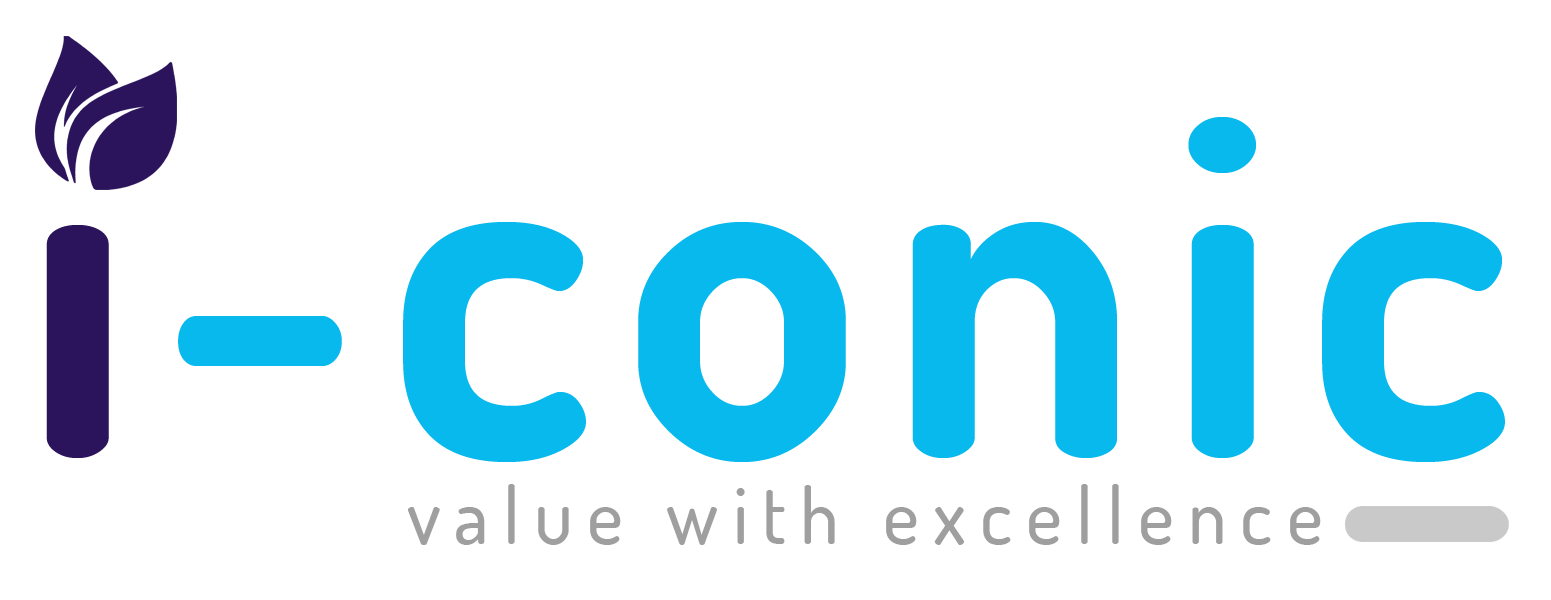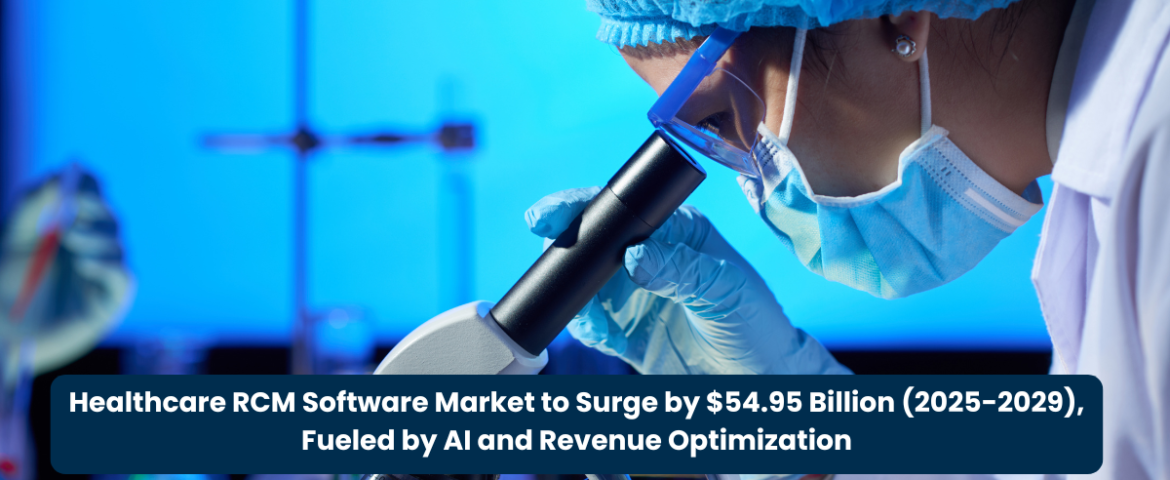The healthcare revenue cycle management (RCM) software market is set for rapid growth, projected to expand by $54.95 billion between 2025 and 2029. As the demand for minimizing revenue leakage increases, opportunities within the sector continue to emerge. However, interoperability challenges remain a key obstacle to seamless adoption and growth.
Drivers & Challenges in the Healthcare RCM Software Market
The rising need for efficient billing and payment management solutions across clinics and laboratories is fueling the expansion of the RCM software market. Healthcare providers and patients alike demand real-time workflow insights to enhance data accuracy. These solutions streamline claims processing, ensure interoperability, and integrate vast amounts of structured and unstructured healthcare data. Industry leaders such as Epic Systems and CareCloud Corporation provide comprehensive services, including software licensing, implementation, IT support, and maintenance.
Organizations are increasingly prioritizing data validation, verification, and custom interfaces to optimize their revenue cycles. Emerging markets, particularly in the Americas, are embracing RCM software to modernize outdated systems using healthcare IT (HCIT) tools. The integration of artificial intelligence, machine learning, and predictive analytics is revolutionizing revenue cycle management, improving operational efficiency and patient engagement.
As the healthcare landscape grows more complex, challenges such as virtual patient assistance, medical image management, and patient access remain critical considerations. Addressing claims denials and identifying patterns require specialized expertise, while advancements in Electronic Health Records (EHRs) and healthcare integration demand cutting-edge technology. Data security remains a pressing concern, with increasing threats from ransomware attacks and breaches. Healthcare organizations must also navigate evolving regulatory frameworks while striving to enhance financial performance. Outsourcing services and in-house research and development continue to play vital roles in optimizing financial outcomes and maintaining a competitive edge.
Market Segmentation Overview
This report provides a detailed breakdown of the healthcare revenue cycle management (RCM) software market based on deployment, end-user, and geography:
Deployment Models:
- Cloud-based
- On-premises
End Users:
- Hospitals
- Physicians
- Medical Laboratories
Geographic Regions:
- North America
- Europe
- Asia-Pacific (APAC)
- South America
- Middle East & Africa
Cloud-Based RCM Software: A Growing Trend
The cloud-based segment is emerging as a dominant force within the RCM software market, driven by its ease of deployment, scalability, and real-time data accessibility. Cloud-based solutions allow seamless integration with other healthcare software, including online appointment scheduling and payment systems. Flexible pricing models, such as monthly subscriptions and pay-as-you-go options, make these solutions financially viable for healthcare providers of all sizes.
Small and mid-sized healthcare organizations are increasingly adopting cloud-based RCM software due to its cost-effectiveness and scalability. Larger healthcare enterprises, dealing with vast volumes of data, are leveraging hybrid models—storing critical data on-premises while utilizing public cloud servers for less frequently accessed information. Advancements in data security are expected to further accelerate the adoption of cloud-based RCM solutions in large-scale healthcare organizations over the coming years.
In conclusion, cloud-based deployment is anticipated to outpace on-premises solutions, offering healthcare providers greater flexibility, cost savings, and efficiency. As the RCM software market evolves, innovation and strategic adoption will be key to driving growth and success.



